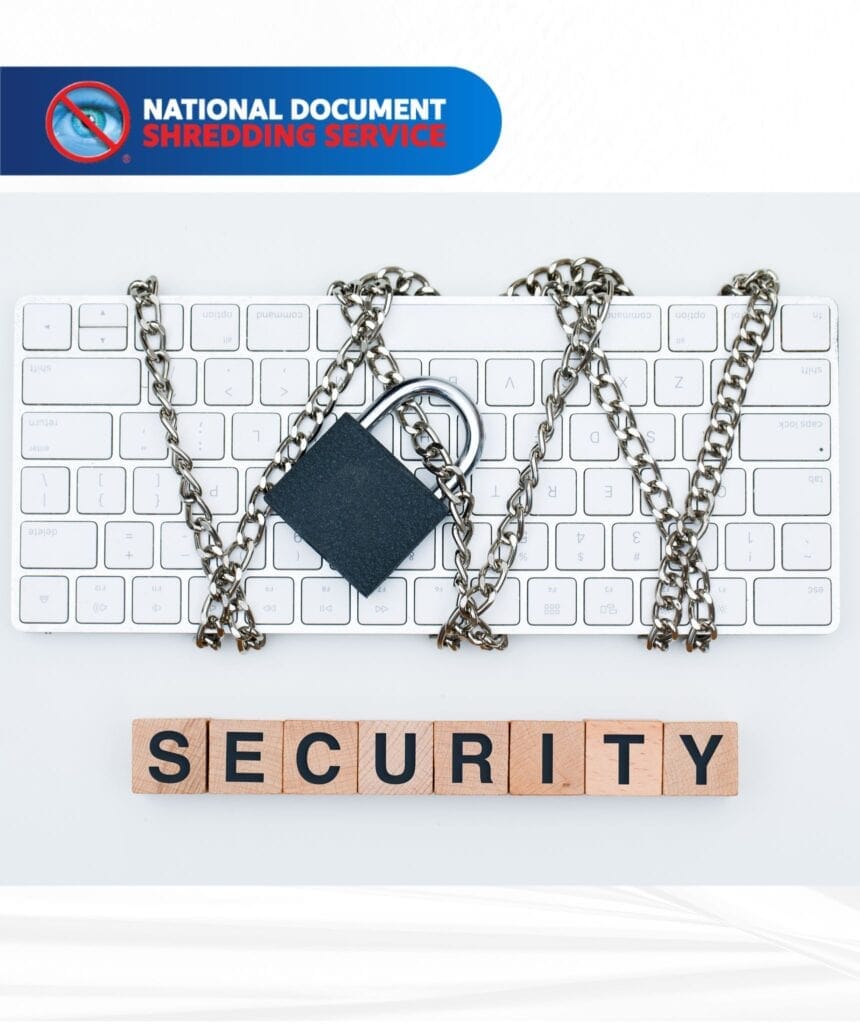The Best Way to Protect Privacy with Shredding
Protecting personal information is more crucial than ever. From identity theft to corporate espionage, privacy breaches are constantly on the rise. While many focus on securing their online presence, physical documents can be just as vulnerable. One of the best ways to protect privacy with shredding is by properly disposing of sensitive materials. Whether you’re dealing with tax records, bank statements, or old bills, shredding can significantly reduce the risk of personal data falling into the wrong hands.
Why Shredding Is Crucial for Privacy Protection
Shredding is one of the most effective ways to protect your privacy because it turns sensitive documents into unreadable fragments, making it nearly impossible for criminals to access your personal information. Identity theft often begins with a simple dumpster dive, where thieves can find unshredded documents that contain vital information like social security numbers, bank account details, and other personal identifiers.
The Federal Trade Commission (FTC) recommends shredding any documents that contain personal or financial data. This proactive step can help prevent unauthorized access to your private information and protect you from costly identity theft issues.
How Shredding Helps Prevent Identity Theft
Identity theft is a crime that can take years to fully recover from, and one of the leading ways it happens is through physical document theft. By shredding papers that contain sensitive information, you’re essentially closing the door on thieves who would otherwise have easy access to data. For example, bank statements, medical records, and credit card offers are all pieces of information that criminals seek out.
Different Types of Shredders: Which One Is Right for You?
When choosing a shredder, it’s essential to consider the level of security you need. There are various types of shredders, from basic models that simply cut documents into strips to more advanced ones that use cross-cut technology to produce smaller, unreadable particles. The best way to protect privacy with shredding is to choose a cross-cut or micro-cut shredder, as these provide the highest level of security by turning documents into tiny confetti-sized pieces.
- Strip-Cut Shredders: These are the most common and affordable type. While they are better than not shredding at all, they don’t provide the highest level of security.
- Cross-Cut Shredders: These shred documents both horizontally and vertically, creating much smaller pieces. They offer a higher level of security and are ideal for most households or small businesses.
- Micro-Cut Shredders: For ultimate privacy protection, micro-cut shredders offer the best security by turning documents into tiny pieces, making reconstruction virtually impossible.
Shredding Best Practices for Maximum Privacy Protection
- Shred Regularly: Don’t wait until you have a huge pile of documents. Make shredding part of your routine to minimize the risk of privacy breaches.
- Shred in Bulk: If you have a large amount of paperwork to shred, consider using a professional shredding service. Many companies offer bulk shredding and even provide certificates of destruction for peace of mind.
- Shred Non-Private Items: Not everything needs to be shredded. Focus on documents containing sensitive information like tax returns, bank statements, and anything with personal identification numbers (PINs).
- Consider Digital Shredding: In addition to physical shredding, it’s also crucial to securely erase digital data. For sensitive information stored on hard drives or USB devices, use data-wiping tools to ensure complete deletion.
How to Implement a Privacy Protection Strategy
Shredding should be just one component of a broader privacy protection strategy. In addition to physical document shredding, consider incorporating these strategies:
- Password Management: Use strong, unique passwords for each of your online accounts and enable two-factor authentication wherever possible.
- Secure Your Devices: Make sure your computer and mobile devices are encrypted and have up-to-date security software.
- Monitor Your Credit: Regularly check your credit report for any suspicious activity and sign up for identity theft protection services.
Shredding Is Key to Protecting Your Privacy
In conclusion, the best way to protect privacy with shredding is by ensuring that all sensitive documents are securely disposed of. Whether you’re using a personal shredder at home or relying on a professional shredding service, taking steps to protect your personal information is essential for preventing identity theft and maintaining privacy. By regularly shredding documents and combining this with other privacy-enhancing practices, you can safeguard your data both online and offline.
For more information on document shredding services, click here to discover your options.

